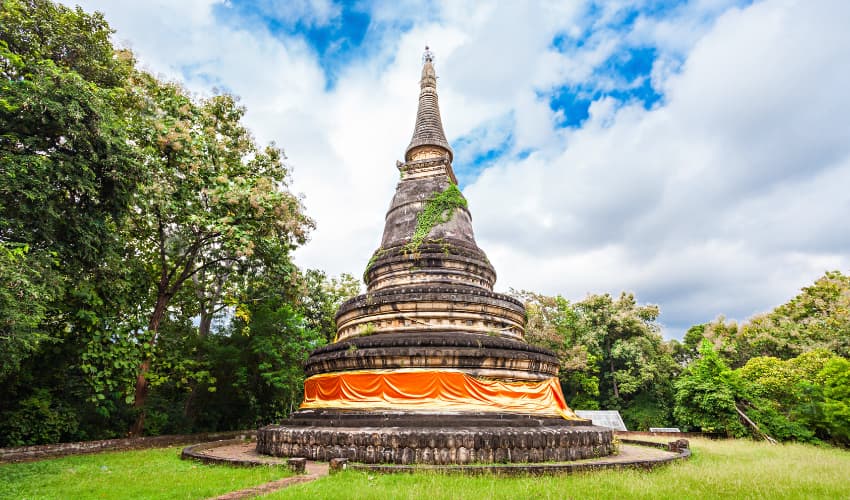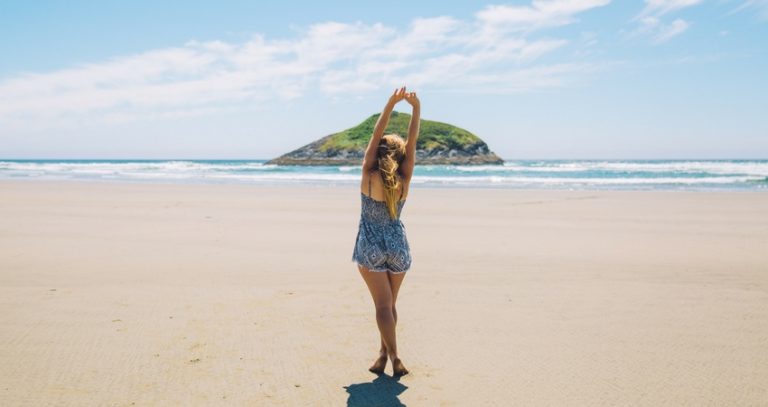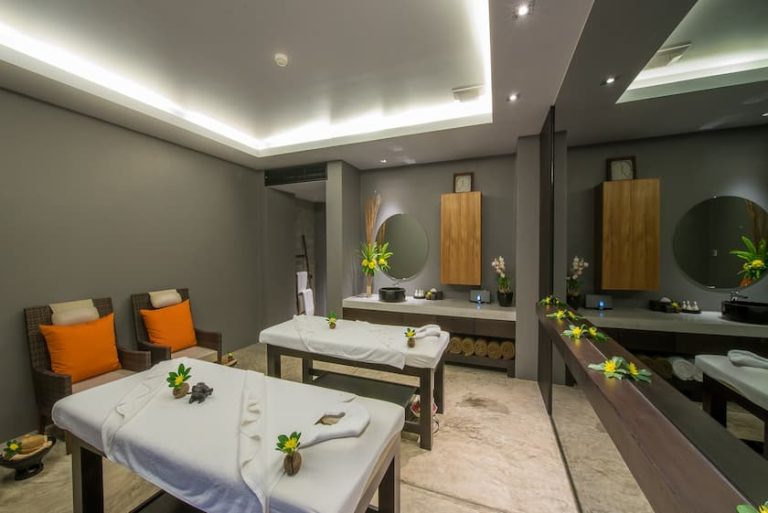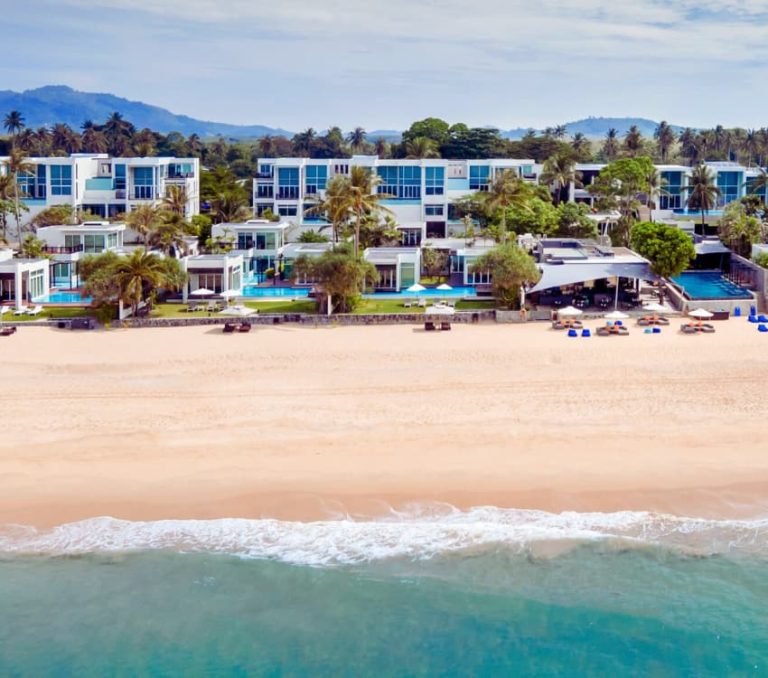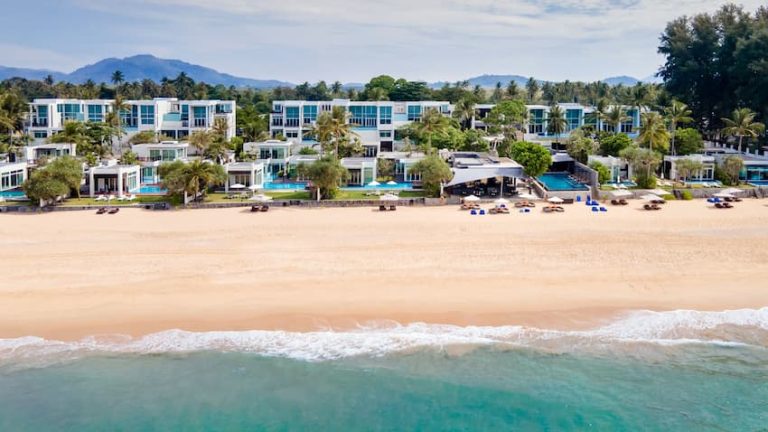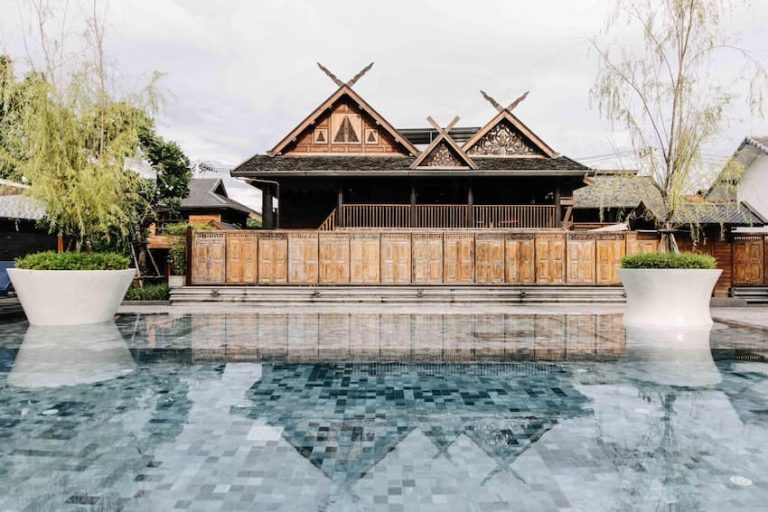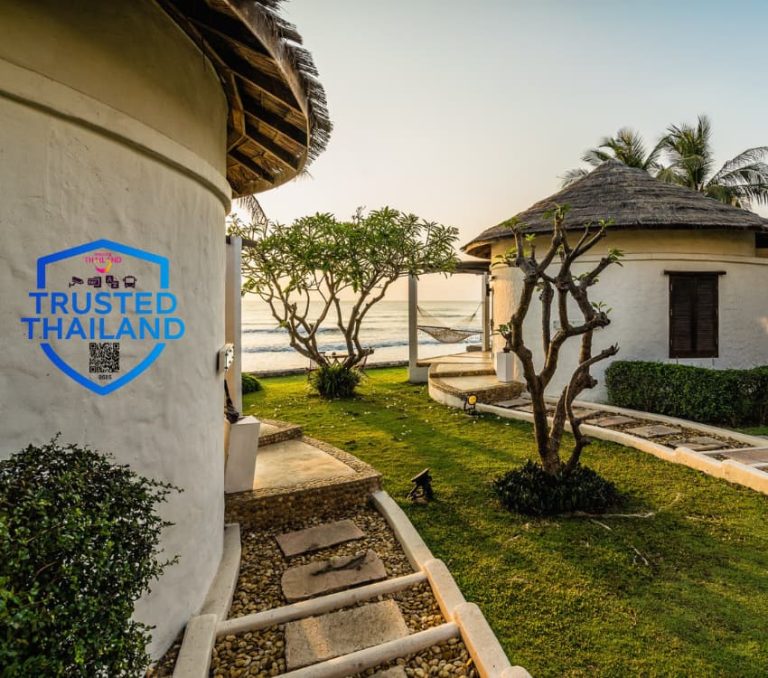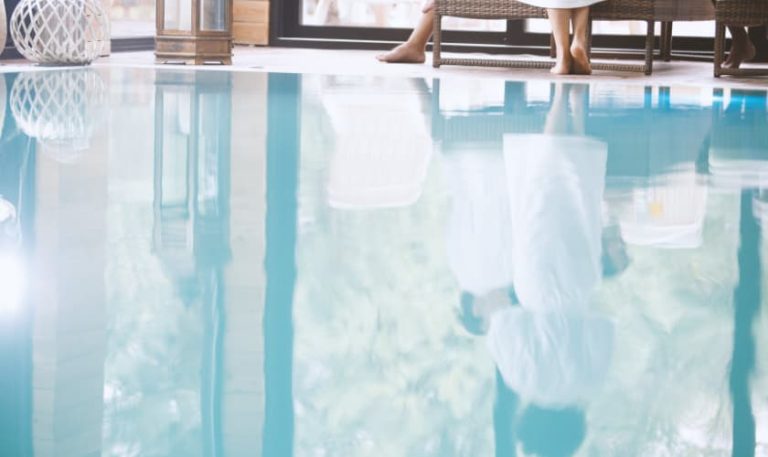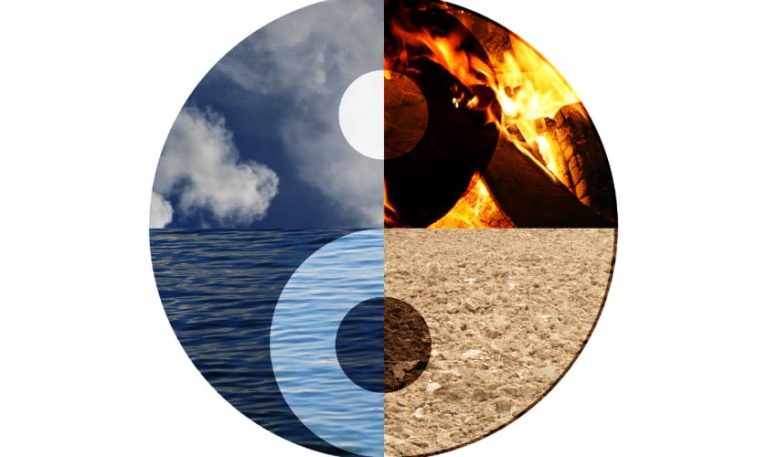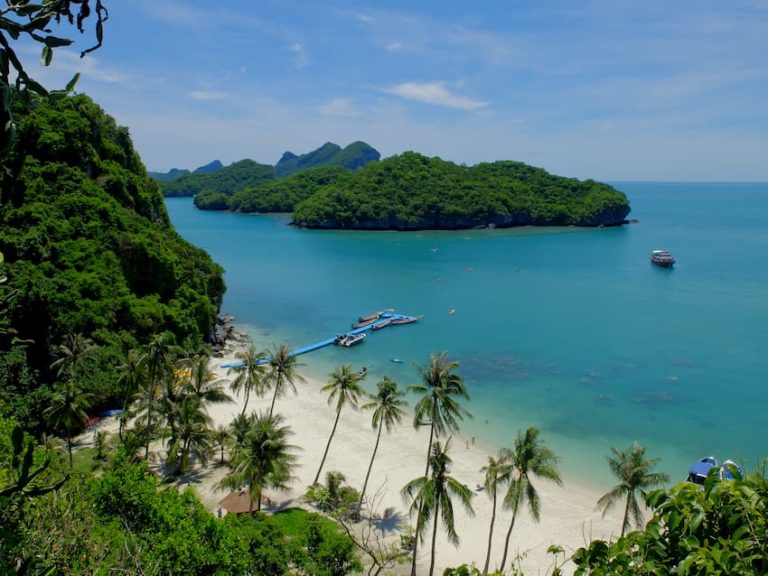Northern Thailand is a culture-rich area with a deep history that traverses centuries. Much of this is centred around Chiang Mai, the second-largest city in Thailand and the hub of industry in the northern part of the country.
Among the buildings, relics and traditional sights you will see during your time here are numerous wats scattered throughout the region. Each wat is unique in some way, whether for its design, history, location or other unique feature, but one of those that stands out above the others is Wat Umong Suan Phutthatham.
Located on the Suthep Road at the foot of the Doi Suthep Mountain, Wat Umong Suan Phuthatham is 800m from Aleenta Retreat Chiang Mai. The area is one of natural forest and lush tropical vegetation that promotes calm and serenity while providing an escape from the demands of modern living.
History of Wat Umong Suan Phutthatham
Wat Umong Suan Phutthatham dates back to the end of the 13th century and was built by King Mengrai. At the time, along with King Ramkhamhaeng, ruler of the Sukhothai Kingdom and King Ngam Muang, who ruled Payao at the time, established the Lanna Kingdom and were in the throes of building a new capital city, Chiang Mai. Part of the vital construction of this city included building several temples, and Wat Umong Suan Phutthatham was one of these.
King Mengrai supported the Buddhist religion greatly and encouraged its growth throughout the Kingdom. Word soon spread, thanks in no small part to King Ramkhanhaeng, and it wasn’t long before monks began to travel to the forested area and settle at the wat, making this peaceful oasis their home.
The line between legend and truth can sometimes become blurred, creating a narrative that deepens interest. In the case of Wat Umong Suan Phutthatham, this relates to the tunnels underneath the complex. Local legend has it that King Mengrai ordered the tunnels to be dug as a meditation space for monk Thera Chan, who was finding it increasingly difficult to find peace and mindfulness needed for meditation in the growing city of Chiang Mai. Over time he became delusional and deranged, and the tunnels served as a means to keep him from wandering off into the bush. While this legend has its roots in fact, the details are unclear, leading to a very colourful depiction of this specific part of history.
Wat Umong Suan Phatthatham is still home to several monks who reside in the temple complex, feeding the wildlife living in the forest and practising Buddhism and meditation. It’s not uncommon for visitors to encounter these religious folk during their time exploring the wat.
The Buildings and Tunnels
As it was built over seven hundred years ago, you can expect Wat Umong Suan Phatthatham to be quite a sight. And indeed, it is, with its ancient architecture and traditional Lanna-style design. The complex covers approximately 15 acres and combines traditional buildings with forested areas, ponds and meditation spaces.
One of the famous features of Wat Umong Suan Phutthatham is its network of underground tunnels, known as Umong Thera Chan, and the exciting story accompanying them. In days gone by, when the tunnels were used as a place of meditation and quiet, they were adorned with murals. Many of these later depicted bush scenes that assisted in keeping Thera Chan in one place. Shrines containing Buddha images were also dotted throughout the tunnel network, although most of these are no longer there.
An above-ground structure that draws the eye is the large chedi shaped like a bell, said to be over 700 years old. The base of the chedi is round, with three tiers of decreasing circumference rising above it and is located in the area over the underground tunnels.
The Ashoka Pillar is another notable structure worth seeing. Dedicated to an Indian King, Asok Maharaja, a devout Buddhist, the pillar is believed to have been part of the initial wat complex. Four lions top the pillar, and the Dhamma wheel above them symbolises the teachings of Buddha.
The grounds are scattered with broken Buddha images and relics, many from other temples in the region and further afield. A large pond provides an oasis of tranquillity; visitors can purchase food for birds, turtles and fish from several vendors. Along the route to the pond, you will see various Buddhist proverbs on signs hung from the trees. The whole area is one of enlightenment and meaning, and it’s easy to see why Wat Umong Suan Phutthatham has been popular with monks for centuries.
The Centre for Meditation
In a more modern shift, Wat Umong Suan Phutthatham opened a meditation centre in the mid-20th century. It teaches and practices Vipassana meditation, which is one of the oldest forms of meditation. Translated, it means “special seeing”, a term often likened to mindfulness.
Mediation retreats at Wat Umong Suan Phutthatham follow a strict daily routine, incorporating chanting and meal times while also drawing on your self-motivation. Buddhist monks are frequently seen around the pond mingling with visitors and talking about the Buddhist religion. More organised talks with the monks take place on Sunday afternoons, although only a few speak much English.
Whether visiting Wat Umong Suan Phutthatham to explore the tunnels, marvel at the natural surroundings or for a meditation retreat, you will leave with a sense of peace and appreciation for the quiet, Buddhist way of life.
Wat Umong Suan Phutthatham FAQs
Q: What are the opening hours of Wat Umong Suan Phutthatham?
The temple is open every day from 6:00 am to 6:00 pm.
Q: Is there an entrance fee to visit the temple?
No, there is no entrance fee to visit the temple, but donations are welcome.
Q: What should I wear when visiting the temple?
Visitors should dress modestly and respectfully when visiting the temple. It is recommended to wear clothing that covers the shoulders and knees.
Q: Are there any specific temple rules or etiquette visitors should follow?
Visitors should remove their shoes before entering the temple buildings and be quiet and respectful while inside. It is also important to avoid pointing the feet at Buddha images and other sacred objects.
Q: Can visitors participate in meditation sessions at the temple?
Visitors can participate in guided meditation sessions and other activities the temple offers. It is recommended to contact the temple in advance to arrange a session.
Q: How long does it take to visit the temple?
The length of a visit to the temple can vary depending on individual interests, but it is recommended to plan for at least an hour or two to explore the temple and its grounds.
Q: Is the temple accessible for people with disabilities?
The temple grounds are primarily flat and wheelchair accessible, but some buildings and tunnels may be more challenging for those with mobility issues.
Q: Can visitors take photographs at the temple?
Visitors are generally allowed to take photographs, but it is important to be respectful of the temple’s sacred objects and to ask permission before taking photos of the monks or other people at the temple.
Q: How do I get to Wat Umong Suan Phutthatham?
The temple is located about 6 kilometres west of the old city of Chiang Mai. Visitors can take a taxi, tuk-tuk, or songthaew (a shared pickup truck) to get there. Some organised tours also include a visit to the temple.
Q: Is there a dress code for the meditation sessions at the temple?
Visitors should wear comfortable clothing that allows for easy movement during meditation sessions. Wear clothing that covers the shoulders and knees out of respect for the temple’s traditions.
Q: Is a restaurant or food available at the temple?
The temple does not have a restaurant, but there are food stalls and restaurants in the surrounding area where visitors can buy food and drinks.
Q: Are other attractions or activities near the temple?
The temple is in a quiet, wooded area surrounded by other temples and parks. Visitors can also explore the nearby Chiang Mai Zoo, the Chiang Mai Night Safari, and the Doi Suthep-Pui National Park.
Q: Can visitors stay overnight at the temple?
The temple does not offer overnight accommodations. Aleenta Retreat Chiang Mai is 800m from the temple and offers rooms and villas.
Related Articles
Aleenta Retreat
Chiang Mai
Chiang Mai
189 Soi Ban Mai Lang Mo 18,
Suthep, Muang Chiang Mai District,
Chiang Mai 50200
T: +66 (0)52 090 333

